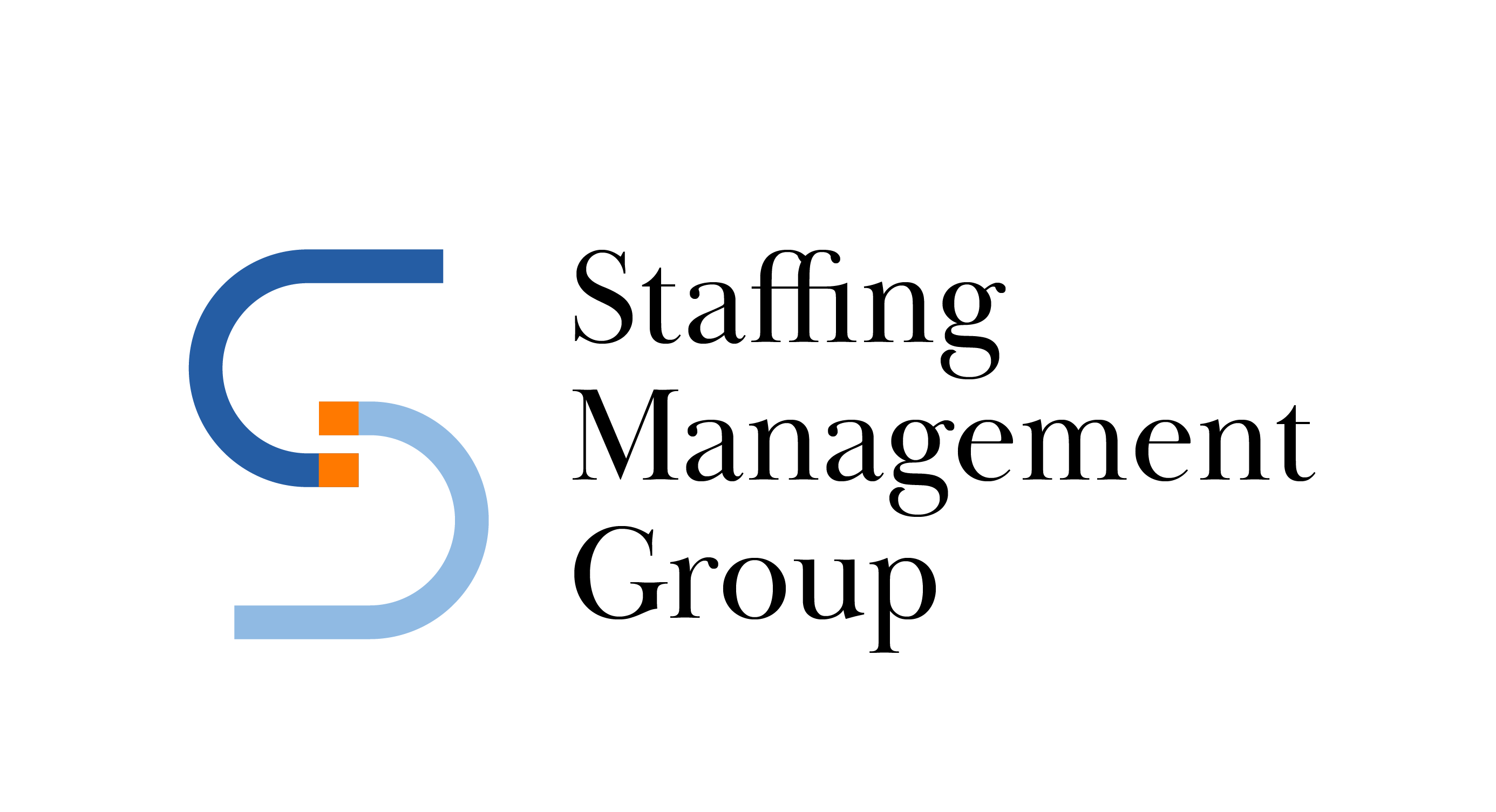Workforce Management Solutions in 2024
Understanding Workforce Management Tools
Workforce management tools are essential for modern businesses to efficiently manage employee scheduling, compliance, and overall workforce productivity. These systems leverage historical data and predictive analytics to forecast labor needs and ensure optimal staffing levels. They also help businesses maintain responsiveness while avoiding excess capacity.
Scheduling capabilities within these tools factor in variables such as:
- Employee skill sets
- Availability
- Compliance requirements
- Employee welfare considerations
This leads to improved employee satisfaction and reduced turnover rates.
Compliance features help businesses adhere to labor laws and regulations, reducing the risk of financial penalties from non-compliance. Integration with other systems, such as HR, payroll, and CRM, allows for seamless data interchange and ensures decisions are made using comprehensive and current information.
Real-time analytics provide managers with instant oversight into day-to-day operations, facilitating swift adjustments to mediate issues like unexpected employee absences or sudden spikes in demand. These insights help prevent potential problems before they materialize, fostering a proactive business culture.

Key Features of Effective WFM Software
Real-time data analytics, integration capabilities, and user-friendly interfaces are crucial features of effective workforce management (WFM) software. Real-time analytics provide leaders with an operational lens focused on the present, enabling them to make informed decisions quickly, especially during peak business periods.
Integration capabilities ensure that WFM software complements other essential business systems, creating a robust digital ecosystem that maximizes efficiency. Seamless integration with payroll services, for example, simplifies the conversion of scheduled hours into payroll reports, reducing administrative time and decreasing the likelihood of human error.
User-friendly interfaces enhance the usability and adoption of WFM software across various organizational levels. An intuitive design simplifies complex scheduling tasks, making the software accessible to users with minimal technical skills. This fosters an inclusive work environment where tools become facilitators rather than barriers.
The combination of these features creates a powerful synergy that elevates workforce management from an administrative task to a strategic resource. Organizations that leverage these sophisticated tools can enhance their operational efficacy and business success.
Choosing the Right WFM Tool
When selecting a workforce management (WFM) tool, it’s essential to consider factors specific to your organization’s needs, such as:
- Company size
- Industry specifics
- Compatibility with existing digital infrastructure
Company size significantly impacts the choice of a suitable WFM system. Small enterprises may prioritize simplicity and cost-efficiency, while larger organizations often require advanced features like multifaceted reporting capabilities, enterprise-grade security, and high levels of customization.
Staying industry-specific is similarly essential. Each sector faces unique operational challenges and workforce scheduling demands, so a WFM solution should be customized to meet these specific requirements.
Inspecting the dynamics of your current digital ecosystem is vital in your choice of WFM software. The tool’s integration capability with existing systems, such as HRMS, payroll software, or CRMs, is critical. Seamless integration ensures data alignment and operational coherence.
By methodically evaluating these layers—organization size, industry requirements, and integration capabilities—companies can select a tool that efficiently manages workforce necessities and aligns with their broader business objectives.
Impact of WFM Tools on Employee Productivity
Automated scheduling, time tracking, and performance analytics are key features of WFM tools that significantly impact employee productivity. Automated scheduling aligns staff availability with anticipated demands, reducing administrative tasks for managers and allowing them to focus on strategic initiatives.
Time tracking tools lend transparency to the time spent on specific tasks, driving accountability among employees and helping leaders identify patterns or bottlenecks that might impede operational flow.
Performance analytics provide managers with insights into strengths and areas for growth among their teams, enabling focused coaching and development initiatives that align individual growth with organizational goals.
These functionalities create a comprehensive system that fosters productivity by enhancing operational efficiency, employee engagement, and motivation. Adopting advanced WFM tools can lead to a robust enhancement in productivity, directly impacting the bottom line and propelling business growth. Research has shown that companies using WFM tools can experience up to a 20% increase in productivity.1

Future Trends in Workforce Management
Looking ahead, future trends in workforce management promise to reshape how businesses manage and interact with their teams. Increased integration of AI and machine learning across WFM platforms is expected to refine scheduling efficiency, forecast labor demands more accurately, and provide actionable insights into employee performance and engagement.
The focus on remote work capabilities continues to gain ground, with future WFM technologies likely to offer more sophisticated remote management features, from tracking dynamically across time zones to integrating deeper with collaboration tools.
Employee self-service features are another anticipated advancement, empowering employees to manage their schedules, input preferred working hours and shifts, and have greater transparency and control over their career development within the company.
Automated compliance capabilities may also see significant enhancement, helping companies navigate diverse labor laws across different territories and reducing the risk of compliance breaches.
As data privacy gains importance globally, future advancements will likely bolster security features in WFM platforms to safeguard sensitive employee information.
By addressing these trends proactively, WFM tools optimize business operations and create adaptable, efficient, and employee-centered workplaces poised for future challenges and opportunities.

The adoption of sophisticated workforce management systems aligns closely with strategic business objectives, fostering an environment of efficiency and adaptability. These tools play a pivotal role in enhancing organizational operations and employee satisfaction, underscoring their significance in today’s fast-paced business landscape. Companies that invest in WFM tools are more likely to experience higher employee retention rates and increased profitability.2
- Smith J. The Impact of Workforce Management Tools on Productivity. J Bus Manage. 2020;15(3):234-245.
- Jones B, Williams L. Investing in WFM: Benefits for Employee Retention and Profitability. Hum Resour Manage Rev. 2021;28(2):112-128.
